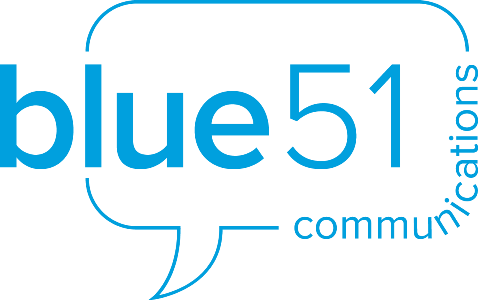
The most effective way to write content that hits the mark is to actually plan for it. Sorry, pantsters! I have a couple of tools/approaches to outlining, but before we can outline, we need a well of ideas. Plot out what to write to drive your brands’ message and map out your ideas by digging into some writing prompts! These ones are particularly good. Make yourself a cup of something lovely, get out some blank sheets of paper, and let the ideas flow.
Once you have a stack of ideas, it’s time to flesh them out into an outline.
I have a template that I share with clients (let me know if you’d like it) that takes a writer through the structure of a blog post or an article:
Topic/Title: what you’re talking about in this post, in this piece of content. Here’s where I confess that I find it really, really hard to write titles and can usually only write one after I’ve written the body of the piece. Lots of other writers will write their title first and they can’t write anything until they get that title nailed.
Format: think about what kind of post is this? Is it a guide? Is it a how-to? Is it a list? Is it a personal post?
Summary: what you’re talking about and why you’re talking about it. Put a few scribbles around about this because this is what’s going to become your social media post that links back to the piece of content.
Introduction: scribble a few notes about what’s going to set the scene, the essential questions you want this post to answer. This section of the outline makes you think a little bit more about the purpose of this post. It’s also going to support your SEO strategy. This is where I’d like you to think about:
- What do you actually want to say?
- Why is this important to your end reader, your audience?
- What do you want to achieve from sharing this message?
Body paragraphs one, two and three: this is where you launch into the ‘guts’ of your piece, where you answer the question posed in your title and your introduction. It’s these body paragraphs that give you the space to add dot points, subheadings and infographics, all that good stuff that breaks up your text and that makes it really, really easy to read. And Google loves it!
Conclusion and your call to action: these will be different depending on the type of posts and also the type of writing. In the context of writing for your brand, whatever the piece is, if you got a service that aligns to that you can say something in your call to action, “My Content Blast service is perfect for people who need some help solidifying their ideas. Give me a call.” In other words, what’s the logical next step for someone to take from reading your content? It might even be something conversational like, “Tell me, is this an issue for you?”
As above, I have a template that I share with clients and batch writers. It’s an intentionally non-fillable PDF aka a handwritten document. Research tells us that the act of handwriting unlocks different parts of the brain which allows for greater clarity and creativity.
At the end of this process, you’ll have turned a fabulous spark of an idea into a beautifully fleshed out outline, so when it comes time to write, maybe in a batch writing session, you’re ready to go, with all the thinking pretty much done.
Want to know more about outlining, or batch writing, or handwriting? Reach out, let’s have a chat!
